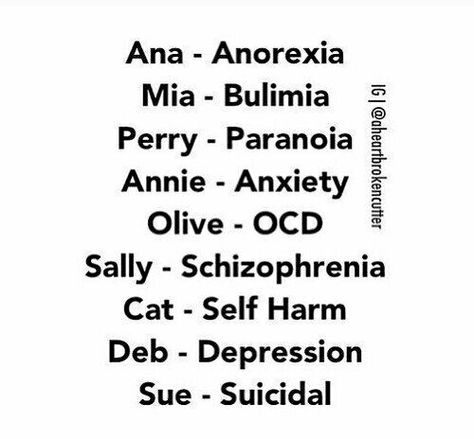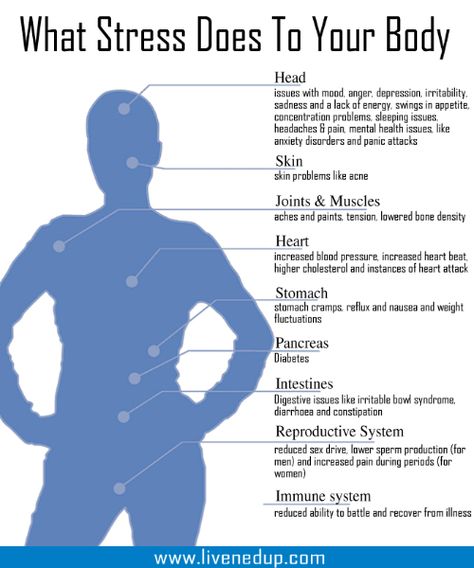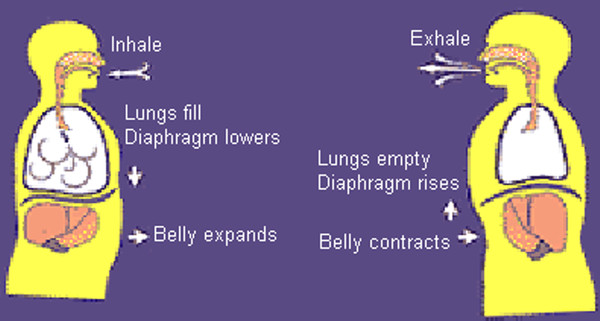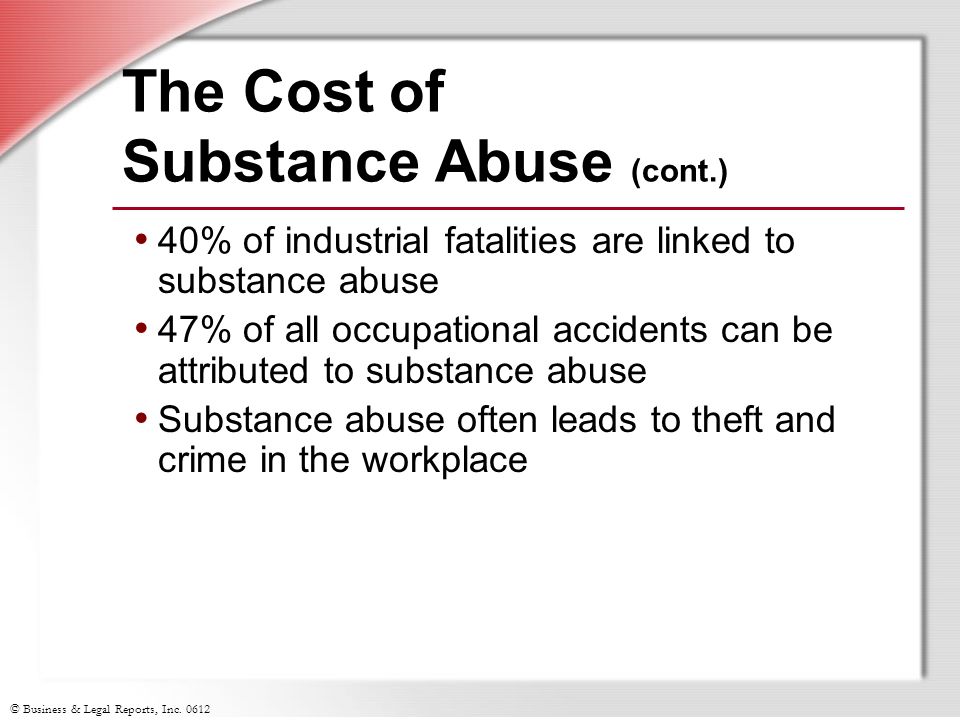Ptsd then and now
PTSD Then and Now | Danielle Rousseau
“PTSD Then and Now”
By: Stephen Blais
Module 3 contained some of the most interesting topic of our studies throughout this course, in my opinion. While reading the material which included symptoms and effects that trauma has on our brain, it immediately brought to mind the biographical war movie “American Sniper,” which depicts the life and death of war hero Chris Kyle. There is a scene in the film where Kyle is sitting in a chair in his living room. Kyle is watching a blank screen while the film the depicts scenes from the war during one of his previous tours of duty. There seems to be some type of cookout or birthday party taking place at Kyle‘s house however his mind is clearly elsewhere and he is unable to focus on – or enjoy the celebration going on around him. The horrors of the war were preventing him from enjoying what should have been a joyous occasion. It seems to me that Kyle was experiencing dissociation and reliving.
According to our text, “If elements of the trauma are replayed again and again, the accompanying stress hormones engrave those memories ever more deeply in the mind. Ordinary day to day events becomes less compelling, not being able to deeply take in what is going on around them makes it impossible to feel fully alive. It becomes harder to feel the joys and aggravations of ordinary life…Not being fully alive in the present keeps them more firmly imprisoned in the past” (Van Der Kolk, p. 67, 2015). For some reason this particular calm scene always stood out to me in an otherwise action-packed movie.
Growing up, I had a close relationship with both of my biological grandfathers who served in World War II. One served as an anti-aircraft gunner and interpreter under the direct command of General Douglas MacArthur. The other served as a turret gunner, who ended up getting shot down in the Pacific, but thankfully survived. The lessons of this class as it relates to trauma kept bringing me back to the countless discussions and stories which both of them told me of their service. Soldiers who are deployed to Iraq and Afghanistan are gone for anywhere from about six months to one year per tour. Soldiers such as my grandparents were deployed for over three straight years! I can only imagine the troubles with PTSD that they must have faced when they returned home from the war. It also makes you wonder which is worse, the constant redeployment of troops that our military faces today, where soldiers serve multiple tours or being deployed for years at a time.
Soldiers who are deployed to Iraq and Afghanistan are gone for anywhere from about six months to one year per tour. Soldiers such as my grandparents were deployed for over three straight years! I can only imagine the troubles with PTSD that they must have faced when they returned home from the war. It also makes you wonder which is worse, the constant redeployment of troops that our military faces today, where soldiers serve multiple tours or being deployed for years at a time.
An interesting concept in to the difference between PTSD in World War II soldiers and that of current day soldiers in the finality associated with World War II. According to Andrew Pomerantz, the chief psychiatrist of the VA in Virginia in his discussion about the aftermath of World War II, “Society didn’t want to hear it. You don’t want to hear that your hero who has just come back from winning the war is troubled by what he did over there and the people he bombed, the people he shot. People didn’t want to hear that kind of thing. All anybody wanted to hear at the time was: Isn’t this wonderful? We won. We’ve saved the world. Thank you.” Soldiers during WWII surely suffered from PTSD, but some may have been more able to rationalize their acts of war, because we were attacked and we won the war. Today’s soldiers are fighting a war that has no end in sight, and often times they cannot differentiate from friend or foe in the battlefield.
All anybody wanted to hear at the time was: Isn’t this wonderful? We won. We’ve saved the world. Thank you.” Soldiers during WWII surely suffered from PTSD, but some may have been more able to rationalize their acts of war, because we were attacked and we won the war. Today’s soldiers are fighting a war that has no end in sight, and often times they cannot differentiate from friend or foe in the battlefield.
References:
Pomerantz, A. (n.d.). Soldier’s Heart. Retrieved August 13, 2018, from https://www.pbs.org/wgbh/pages/frontline/shows/heart/themes/shellshock.html
Van Der Kolk, B.,2015.The Body Keeps The Score: Brain, Mind, and Body in the Healing of Trauma. Penguin Books New York.
PTSD Then and Now
By Stephen BlaisPosted 4 years ago on in CJ 720
View all posts
How PTSD went from ‘shell-shock’ to a recognized medical diagnosis
A Canadian soldier surveys the aftermath of the 1917 Battle of Passchendaele in Belgium. Hundreds of thousands of people who served in WWI survived with what would now be called post-traumatic stress disorder (PTSD).
Hundreds of thousands of people who served in WWI survived with what would now be called post-traumatic stress disorder (PTSD).
Photograph by Universal History Archive, UIG/Getty
Please be respectful of copyright. Unauthorized use is prohibited.
The battles were over, but the soldiers still fought. Flashbacks, nightmares, and depression plagued them. Some slurred their speech. Others couldn’t concentrate. Haunted and fearful, the soldiers struggled with the ghosts of war.
Which war? If you guessed Vietnam, the U.S. Civil War, or even World War I, you’d be wrong. These soldiers’ symptoms were recorded not on paper charts, but on cuneiform tablets inscribed in Mesopotamia more than 3,000 years ago.
Back then, the ancient soldiers were assumed to have been hexed by ghosts. But if they were treated today, they would likely receive a formal psychiatric diagnosis of post-traumatic stress disorder (PTSD).
Although the diagnosis has its roots in combat, the medical community now recognizes that PTSD affects civilians and soldiers alike.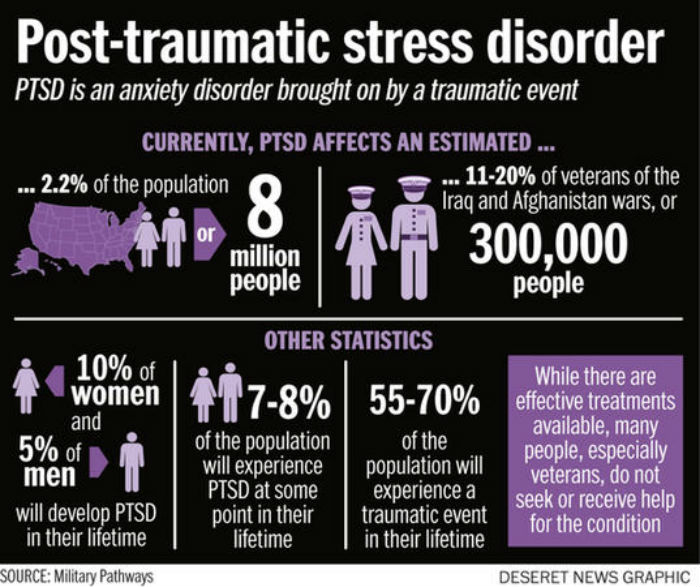 Patients develop PTSD after experiencing, learning about, or witnessing a traumatic event—defined as “actual or threatened death, serious injury, or sexual violence”—and their intrusive symptoms affect their ability to cope in the present.
Patients develop PTSD after experiencing, learning about, or witnessing a traumatic event—defined as “actual or threatened death, serious injury, or sexual violence”—and their intrusive symptoms affect their ability to cope in the present.
Nearly seven percent of American adults will likely experience PTSD during their lifetimes, but it took hundreds of years, and the dawn of industrial-scale warfare, for society to recognize the deleterious physical and mental effects of experiencing, witnessing, or becoming aware of traumatic events.
"Traumatic hysteria"
Medical historians have documented many early accounts of what would now be classified as PTSD. There’s Herodotus’ description of an Athenian soldier who became blind after witnessing the Battle of Marathon in 490 B.C., and a Shakespearean monologue in Henry IV, Part 1 in which Lady Percy describes her husband’s sleeplessness and inability to enjoy life after fighting a battle. Then there are more modern descriptions, like accounts of Civil War combatants who developed what their doctors called “soldier’s heart. ”
”
But though early physicians looked for a physical cause, it wasn’t until the 1880s that psychiatrists connected the symptoms to the brain. At the time, women who expressed vehement emotions were labeled with “hysteria,” a condition that supposedly arose from the uterus. When French neurologist Jean-Martin Charcot saw similar symptoms in men, he chalked them up to traumatic events—rather than biological destiny—and the term “traumatic hysteria” was born.
“The concept of trauma was entangled with feminine weakness from the beginning,” says MaryCatherine McDonald, a historian of PTSD who works as an assistant professor of philosophy and religious studies at Old Dominion University. And when World War I blasted onto the scene, it challenged a common conviction that psychological steadiness was a matter of personal character, masculinity, and moral strength.
Shell shock and combat fatigue
From aerial combat to poison gas, WWI introduced terrifying new combat technology on a previously unimaginable scale, and soldiers left the front shattered. Seemingly overnight, the field of war psychiatry emerged and a new term—shell shock—appeared to describe a range of mental injuries, from facial tics to an inability to speak. Hundreds of thousands of men on both sides left World War I with what would now be called PTSD, and while some received a rudimentary form of psychiatric treatment, they were vilified after the war. As historian Fiona Reid notes, “shell-shock treatment was constantly entwined with discipline” in militaries that had trouble aligning their beliefs in courage and heroism with the reality of men who bore invisible wounds.
Seemingly overnight, the field of war psychiatry emerged and a new term—shell shock—appeared to describe a range of mental injuries, from facial tics to an inability to speak. Hundreds of thousands of men on both sides left World War I with what would now be called PTSD, and while some received a rudimentary form of psychiatric treatment, they were vilified after the war. As historian Fiona Reid notes, “shell-shock treatment was constantly entwined with discipline” in militaries that had trouble aligning their beliefs in courage and heroism with the reality of men who bore invisible wounds.
An American soldier in WWII suffering from "battle shock" is given a sedative by a medic. Terms like "battle shock," “psychiatric collapse,” “combat fatigue,” and “war neurosis” were used to describe PTSD symptoms during World War II.
Photograph by Haywood Magee, Picture Post/Hulton Archive/Getty
Please be respectful of copyright. Unauthorized use is prohibited.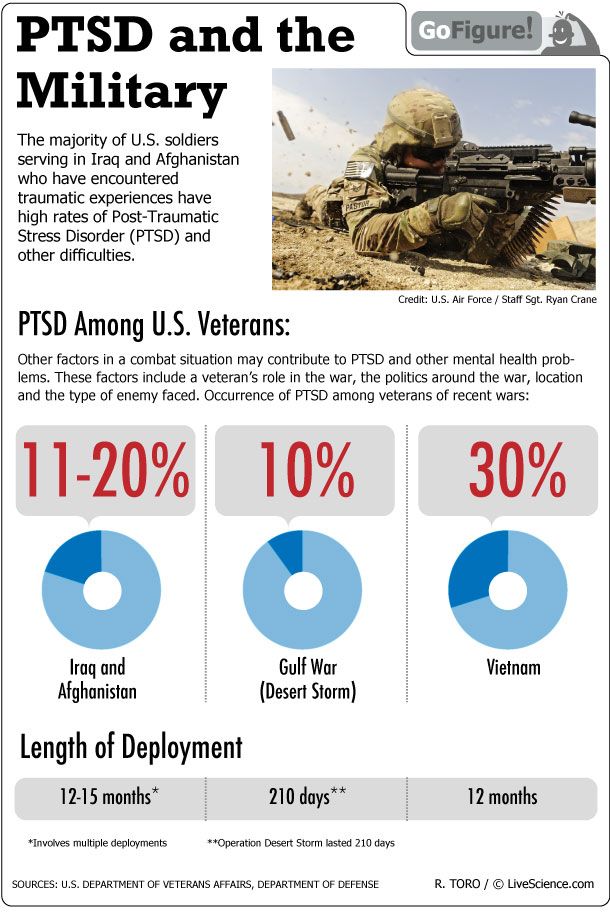
By World War II, psychiatrists increasingly recognized that combat would have mental health ramifications—and concluded that too many men who were prone to anxiety or “neurotic tendencies” had been selected to serve in the previous war. But though six times as many American men were screened and rejected for service in the lead-up to the World War II, military service still took its toll. About twice as many American soldiers showed symptoms of PTSD during World War II than in World War I. This time their condition was called “psychiatric collapse,” “combat fatigue,” or “war neurosis.”
Military officials assumed that removing men from combat situations or treating them with injections of drugs such as sodium amytal would relieve their psychiatric distress. It didn’t work: Nearly 1.4 million of the 16.1 million men who served in World War II were treated for combat fatigue during the war, and the condition was responsible for 40 percent of all discharges.
Post-Vietnam syndromeA growing recognition of the ubiquity of psychiatric injury during war prompted more compassionate approaches to traumatized veterans.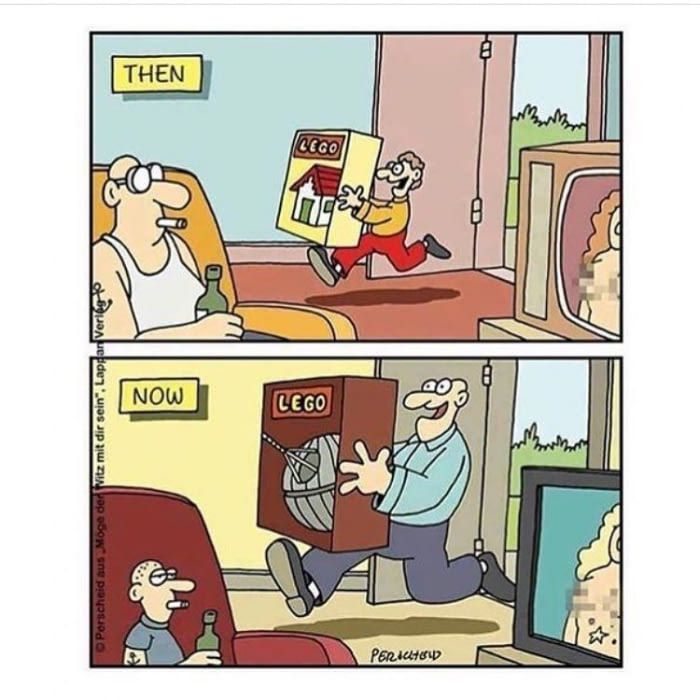 “The soldier suffers in the modern war situation a privation hard to equal in any situation in civilian or even primitive life,” wrote psychiatrist Abram Kardiner, whose 1941 book The Traumatic Neuroses of War helped change views of what is now known at PTSD. But despite a growing recognition of the unique stresses of combat, as well as studies that showed the effects of war could last for decades, soldiers continued to face out-of-date views on their ability to bounce back from combat-related psychiatric distress.
“The soldier suffers in the modern war situation a privation hard to equal in any situation in civilian or even primitive life,” wrote psychiatrist Abram Kardiner, whose 1941 book The Traumatic Neuroses of War helped change views of what is now known at PTSD. But despite a growing recognition of the unique stresses of combat, as well as studies that showed the effects of war could last for decades, soldiers continued to face out-of-date views on their ability to bounce back from combat-related psychiatric distress.
In 1952, the American Psychological Association published the Diagnostic and Statistical Manual of Mental Disorders (DSM), the closest thing psychiatry has to a bible. The handbook helps professionals diagnose mental illnesses and strongly influences everything from research to public policy to health insurance. But veterans’ symptoms were categorized under disorders like depression or schizophrenia instead of being recognized as a distinct diagnosis.
Enter “Post-Vietnam syndrome,” a term coined in 1972 by psychiatrist Chaim Shatan. By then, Vietnam veterans had been returning home for years, and many were beset by emotional numbness, volatility, flashbacks, and rage. In part because many experienced delayed symptoms, veterans had trouble accessing treatment and benefits despite their invisible wounds.
By then, Vietnam veterans had been returning home for years, and many were beset by emotional numbness, volatility, flashbacks, and rage. In part because many experienced delayed symptoms, veterans had trouble accessing treatment and benefits despite their invisible wounds.
Increasingly, veterans turned to what psychiatrist Robert Lifton called “street corner psychiatry”—veteran self-help communities who often combined their healing with anti-war protests. Along the way, they met clinicians and researchers like Lifton and Shatan, who began to advocate for the DSM to include some kind of post-combat stress diagnosis. In 1980, “post-traumatic stress disorder” became a formal diagnosis in the DSM’s third edition. Twelve years later, it was also adopted in the World Health Organization’s International Classification of Diseases.
Invisible wounds
Today’s definition of PTSD is more inclusive than ever—and the condition is recognized among survivors of sexual abuse or assault, health crises and surgeries, natural disasters, bereavement, mass shootings, accidents, and more. PTSD is associated with everything from flashbacks and nightmares to hypervigilance, problems concentrating, amnesia, dissociation, and negative beliefs about themselves or others.
PTSD is associated with everything from flashbacks and nightmares to hypervigilance, problems concentrating, amnesia, dissociation, and negative beliefs about themselves or others.
With every passing year, researchers develop new treatments for PTSD and learn more about how trauma affects the brain and body. They are also grappling with the possibility that the effects of trauma and stress can be passed from one generation to the next through chemical changes that effect how DNA is expressed. A 2018 study, for example, found high mortality among the offspring of men who survived Civil War prison camps in the 1860s. Scientists are still sparring over an earlier study that suggested the offspring of Holocaust survivors inherited a different balance of stress hormones than their peers.
Other researchers, like Jessica Graham-LoPresti, push against the limitations of the official PTSD diagnosis itself. A clinical psychologist and assistant professor at Suffolk University, Graham-LoPresti studies the effects of systemic racism on African-Americans. “People of color experience a lot of symptoms in response to the frequency and pervasiveness of racism that mirror the symptoms of PTSD,” she says, noting that watching footage of police brutality can exacerbate the fears and stresses of lives already touched by pervasive racist experiences. “This is not new, but [this imagery is] causing a lot of hypervigilance, emotional responses of stress and anxiety, and feelings of helplessness and hopelessness.”
“People of color experience a lot of symptoms in response to the frequency and pervasiveness of racism that mirror the symptoms of PTSD,” she says, noting that watching footage of police brutality can exacerbate the fears and stresses of lives already touched by pervasive racist experiences. “This is not new, but [this imagery is] causing a lot of hypervigilance, emotional responses of stress and anxiety, and feelings of helplessness and hopelessness.”
School children warily eye "Rudy," an emotional support dog brought in on the first day of school following the devastating Kincade Fire in northern California in 2019. Many of the children suffer from PTSD symptoms due to the frequency of the fires in the area.
Photograph by Lacy Atkins, AP
Please be respectful of copyright. Unauthorized use is prohibited.
But though the current definition of PTSD considers experiencing or witnessing a single incident of racialized terror an inciting incident, it doesn’t allow for the microaggressions and intergenerational dynamics African-Americans experience every day.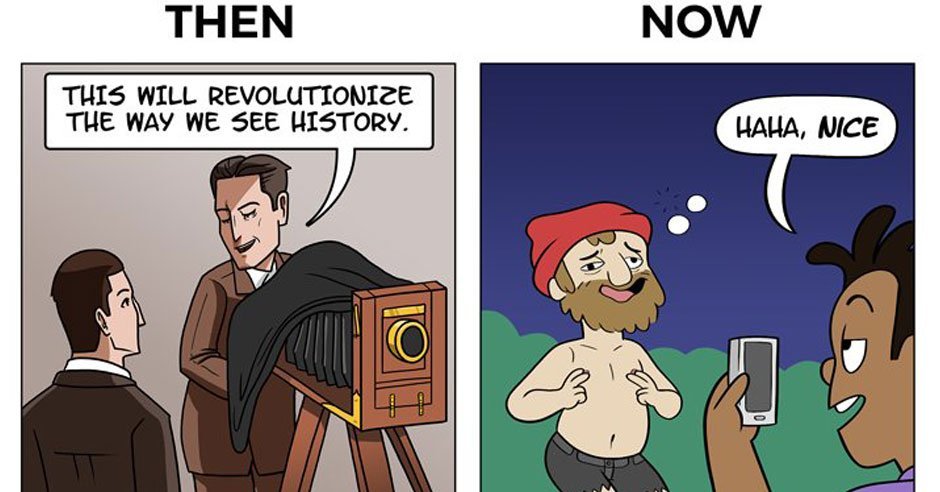 “It’s a complicated conversation,” says Graham-LoPresti. “It is so new, and researchers of color are starting to get a lot of pushback because the field is so overwhelmingly white.”
“It’s a complicated conversation,” says Graham-LoPresti. “It is so new, and researchers of color are starting to get a lot of pushback because the field is so overwhelmingly white.”
As Graham Lo-Presti works to connect the dots between racism and PTSD, her colleagues are considering the potential effects of another pandemic: COVID-19. Psychiatrists are bracing for a flood of patients traumatized both by surviving the illness and losing their loved ones to it. In the wake of the SARS epidemic in Hong Kong in 2003, some patients and healthcare workers developed PTSD—and in a variety of studies, people who were quarantined exhibited more signs of post-traumatic stress than people who were not.
But that doesn’t mean that everyone who lives through a traumatic event will develop PTSD—or that those with post-traumatic stress disorder can’t find healing and joy. As with other chronic illnesses, PTSD can go into remission—and as the study of PTSD matures, researchers have come to appreciate the brain’s heroic attempts to heal itself after traumatic events.
“It’s such a destructive idea to think that PSTD is dysfunction,” says McDonald. “We’re getting it fundamentally wrong when we think it’s a sign of brokenness. It’s the sign of the impulse to survive.”
Read This Next
The bloody legend of Hungary’s serial killer countess
- Travel
The bloody legend of Hungary’s serial killer countess
Throughout Central Europe, 16th-century noblewoman Elizabeth Báthory is infamous for torture and murder. But was she really as evil as history tells it?
Why scientists want to create psychedelics that give better trips
- Science
Why scientists want to create psychedelics that give better trips
Drugs modeled on natural compounds could help people with anxiety, depression, and addiction.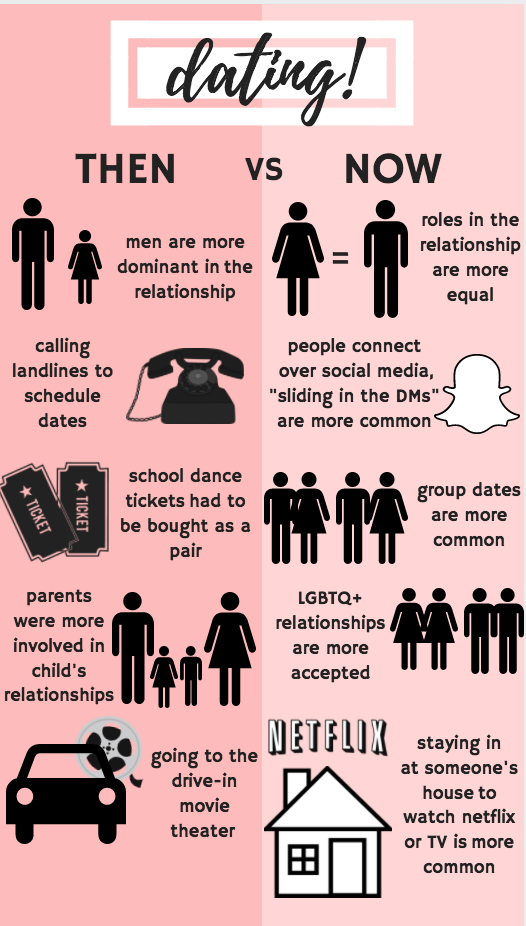 But can side effects, like long-and-winding trips, be eliminated while keeping the therapeutic benefits?
But can side effects, like long-and-winding trips, be eliminated while keeping the therapeutic benefits?
Subscriber Exclusive Content
Why are people so dang obsessed with Mars?
How viruses shape our world
The era of greyhound racing in the U.S. is coming to an end
See how people have imagined life on Mars through history
See how NASA’s new Mars rover will explore the red planet
Why are people so dang obsessed with Mars?
How viruses shape our world
The era of greyhound racing in the U.S. is coming to an end
See how people have imagined life on Mars through history
See how NASA’s new Mars rover will explore the red planet
Why are people so dang obsessed with Mars?
How viruses shape our world
The era of greyhound racing in the U.S. is coming to an end
See how people have imagined life on Mars through history
See how NASA’s new Mars rover will explore the red planet
See More
In Russia, it is mandatory to issue electronic TCP
https://ria. ru/20191101/1560462759.html
ru/20191101/1560462759.html
In Russia, it is mandatory to issue electronic TCP
In Russia, it is mandatory to issue electronic TCP - RIA Novosti , 22.10.2021
Russia began to issue electronic vehicle registration certificates without fail
Electronic vehicle passports (EPTS) instead of paper ones began to be issued for all cars manufactured in Russia. Corresponding amendments to... RIA Novosti, 10/22/2021
2019-11-01T00: 15
2019-11-01T00: 15
2021-10-22t11: 03
Eurasian Economic Commission
of the Ministry of Internal Affairs of the Russian Federation
Auto
Russia
9000/HTML/Head/ meta[@name='og:title']/@content/html/head/meta[@name='og:description']/@content
https://cdnn21.img.ria.ru/images /156014/77/1560147763_0:198:2938:1851_1920x0_80_0_0_4a40a6bcbfad3a9757cf9f6a2197e55e.jpg
MOSCOW, Nov. Electronic vehicle passports (EPTS) instead of paper ones began to be issued to all cars produced in Russia.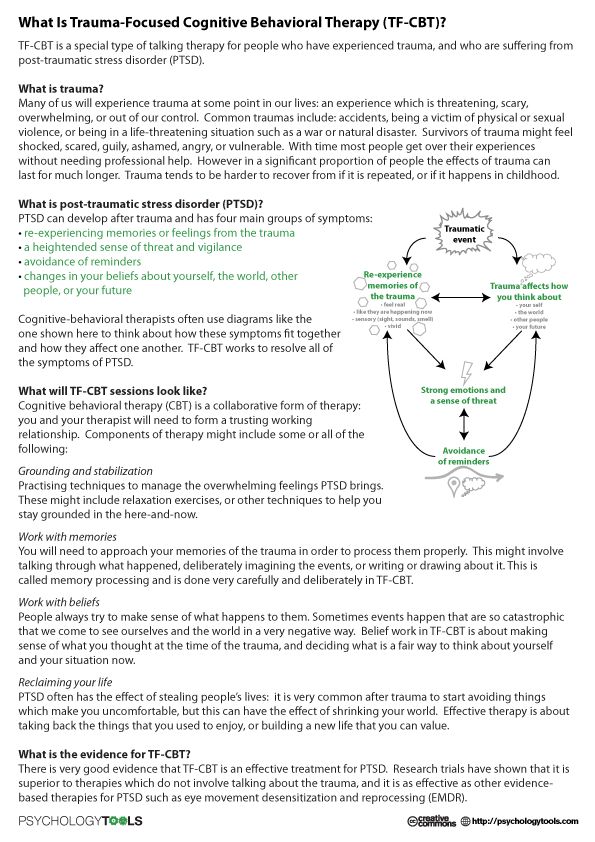 The relevant amendments to the legislation came into force on Friday, November 1. At the same time, paper passports will continue to be valid throughout the country. There is no mandatory exchange of a paper PTS for an electronic passport. The circulation of previously issued passports is not limited in time. Together with Russia, the countries of the Eurasian Union were also supposed to switch to EPTS, however, in October, the Board of the Eurasian Economic Commission (EEC) extended the period for issuing paper vehicle passports (PTS) for a year, until November 1, 2020 years. The first passenger cars with EPTS were sold in Russia in the spring in a test order. Then the change of ownership was worked out along the chain of organization-manufacturer - distributor - official dealer - end buyer (legal entity) with reflection in the EPTS at each stage and further registration of the car with the traffic police. It is assumed that the electronic passport will allow creating a transparent history of the technical condition of the vehicle with from the moment of its manufacture or import into the territory of the EAEU and until disposal.
The relevant amendments to the legislation came into force on Friday, November 1. At the same time, paper passports will continue to be valid throughout the country. There is no mandatory exchange of a paper PTS for an electronic passport. The circulation of previously issued passports is not limited in time. Together with Russia, the countries of the Eurasian Union were also supposed to switch to EPTS, however, in October, the Board of the Eurasian Economic Commission (EEC) extended the period for issuing paper vehicle passports (PTS) for a year, until November 1, 2020 years. The first passenger cars with EPTS were sold in Russia in the spring in a test order. Then the change of ownership was worked out along the chain of organization-manufacturer - distributor - official dealer - end buyer (legal entity) with reflection in the EPTS at each stage and further registration of the car with the traffic police. It is assumed that the electronic passport will allow creating a transparent history of the technical condition of the vehicle with from the moment of its manufacture or import into the territory of the EAEU and until disposal. Now more than 850 participants are connected to the EPTS system, including car manufacturers, importers, dealers and financial organizations.
Now more than 850 participants are connected to the EPTS system, including car manufacturers, importers, dealers and financial organizations.
https://ria.ru/20191023/1560125542.html
Russia
RIA Novosti
1
5
4.7
96 9000
7 495 64 64 64 64 64 64 64 64 64 64 64 64 64 64 64 64 64 64 64 64 64 64 64 64 64 64 646 495 646 495 64 64 646 495 64 646 495 64 646 495 64 64 646 495 64 64 64 646 495 64 64 64 64 646 495 64 64 64 64 64 64 64 64 64 64 64 64 64 64 64 64 64AP
Federal State Unitary Enterprise MIA Russia Today
https: //xn---c1acbl2abdlkab1og.xn--p1ai/Awards/
2019
RIA Novosti
1
5
4.7 9000 9000 9000 9000
Internet-GROUP @rian.ru
7 495 645-6601 9Russia Today html
https: //xn---c1acbl2abdlkab1og.xn--p1ai/
RIA Novosti
1
5
4.7
96
7 495 645 645 645 645 645 645 645 645 645 645 645 645 645 645 645 645 645 645 645 645 645 645 645 645 645 645 645 645 645 645 645 645 645 645 645 645 645 645 645 645 645 645 645 645 645 646
FSUE MIA Rossiya Segodnya
https://xn--c1acbl2abdlkab1og.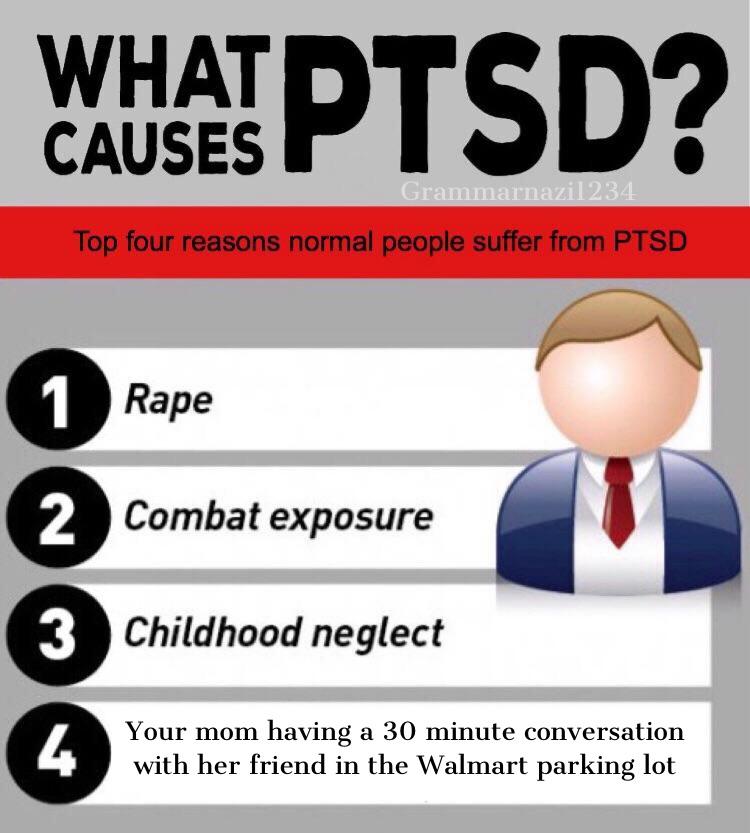 xn--p1ai/awards/
xn--p1ai/awards/
1920
1080
true
1920
1440
true
https://cdnn21.img.ria.ru/images/156014/77/1560147763_104:0:2835:2048_1920x0_80_0_0_fbfe4e7e978888ac3840f72673fe3b60.jpg
1920
1920
True
RIA Novosti
1
5
4.7
9000 9000
7 495 645-6601
FSUE MIA Russia "Russia Today"
https: //xn---c1acbl2abdlkab1og.xn--p1ai/Awards/
RIA Novosti
1
5
4.7
9000
9000 7 495 645 601 Russia Today , RussiaMOSCOW, November 1 - RIA Novosti. Electronic vehicle passports (EPTS) instead of paper ones began to be issued to all cars produced in Russia. The corresponding amendments to the legislation came into force on Friday, November 1.
At the same time, paper passports will continue to be valid throughout the country.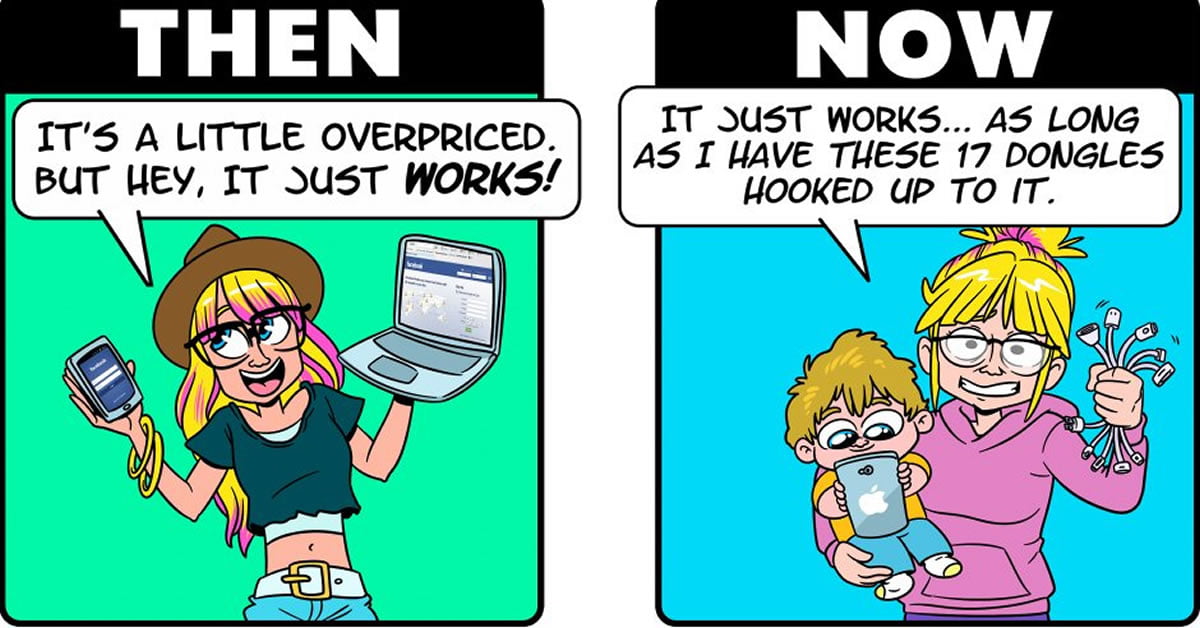 There is no mandatory exchange of a paper PTS for an electronic passport. The circulation of previously issued passports is not limited by time limits.
There is no mandatory exchange of a paper PTS for an electronic passport. The circulation of previously issued passports is not limited by time limits.
Together with Russia, the countries of the Eurasian Union were also supposed to switch to EPTS, however, in October, the Board of the Eurasian Economic Commission (EEC) extended the period for issuing paper vehicle passports (PTS) for a year, until November 1, 2020.
The first passenger cars with EPTS were sold in Russia in the spring on a trial basis. Then the change of ownership was worked out along the chain of organization-manufacturer - distributor - official dealer - end buyer (legal entity) with reflection in the EPTS at each stage and further registration of the car in the traffic police.
It is assumed that the electronic passport will allow creating a transparent history of the technical condition of the vehicle from the moment it was manufactured or imported into the territory of the EAEU and until disposal. Now more than 850 participants are connected to the EPTS system, including car manufacturers, importers, dealers and financial organizations.
Now more than 850 participants are connected to the EPTS system, including car manufacturers, importers, dealers and financial organizations.
October 23, 2019, 17:00
The introduction of electronic PTS will not lead to an increase in fraud, Akimov assured
Experts told how the life of car owners with an electronic PTS will change
How ready is the system of electronic passports for work? Will it collapse from the influx of a large number of those who issue an electronic TCP?
Boris Ionov: The system has been working for more than a year. Today, more than 1.4 million electronic titles have been registered in it. Until the moment when she collected a large amount of data, tests were carried out, load tests were carried out, all this was done just to check her performance. So far, no problems have been recorded from the electronic passport system. Sometimes there are problems associated with communications, in particular with interaction with government agencies: with the Ministry of Internal Affairs, customs, tax. Somewhere there are sometimes failures, we check it, call all support services, we try to solve these problems as quickly and efficiently as possible in order to eliminate negative consequences.
Somewhere there are sometimes failures, we check it, call all support services, we try to solve these problems as quickly and efficiently as possible in order to eliminate negative consequences.
Out of more than 1.4 million cars that received electronic vehicle passports, 85-90 percent have already been registered with the traffic police
Are the traffic police departments ready to issue cars using electronic passports?
Roman Mishurov: Traffic police departments are already issuing cars using electronic passports. Of the more than 1.4 million cars with such passports, 85-90 percent have already been registered. It happens that the connection is sometimes unstable, but this is quickly resolved.
Manufacturers or importers issue electronic PTS for new cars. How will those who import cars themselves have to act?
Boris Ionov: I can give you a living example. Literally on Tuesday, he flew in from Vladivostok, where he met with representatives of testing laboratories.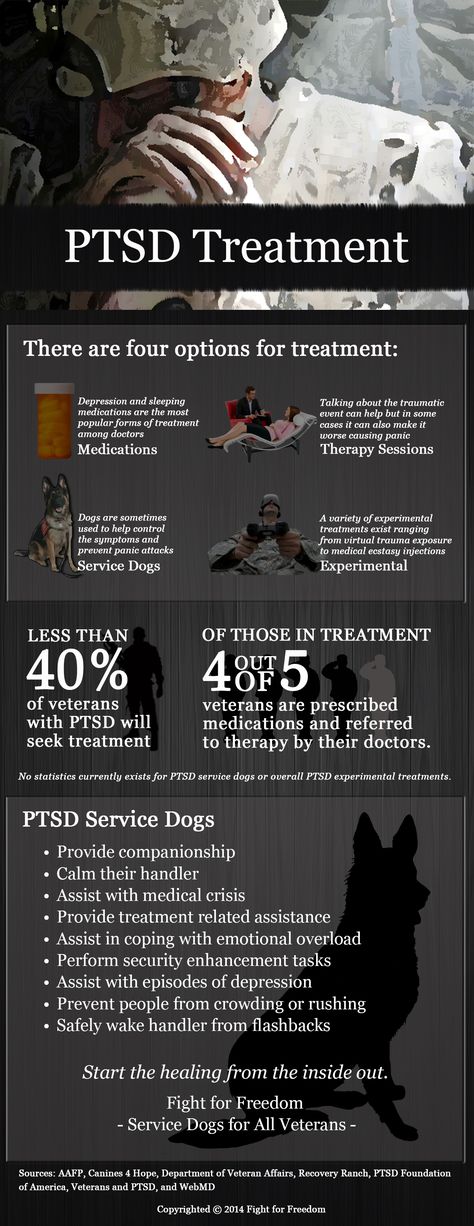 Technically it will look like this. First, the one who imported a single car applies to such a laboratory, where a document is issued for the car on its compliance with the safety of wheeled vehicles and an electronic passport. Then an electronic declaration is carried out at the level of the federal customs service. The system of electronic passports will receive information about customs clearance and payment of the recycling fee so that the electronic passport receives the status of "valid".
Technically it will look like this. First, the one who imported a single car applies to such a laboratory, where a document is issued for the car on its compliance with the safety of wheeled vehicles and an electronic passport. Then an electronic declaration is carried out at the level of the federal customs service. The system of electronic passports will receive information about customs clearance and payment of the recycling fee so that the electronic passport receives the status of "valid".
The experiment was carried out live. A passport was issued, within an hour and a half they carried out the declaration and the electronic passport got information about customs clearance, about the release of the car into circulation and about payment of the recycling fee. To date, only in Primorsky Krai there are four laboratories, including one of the divisions of NAMI. And four more laboratories that are ready to support in case of exceeding the number of issued cars. After all, about 80-85 thousand cars are imported there annually.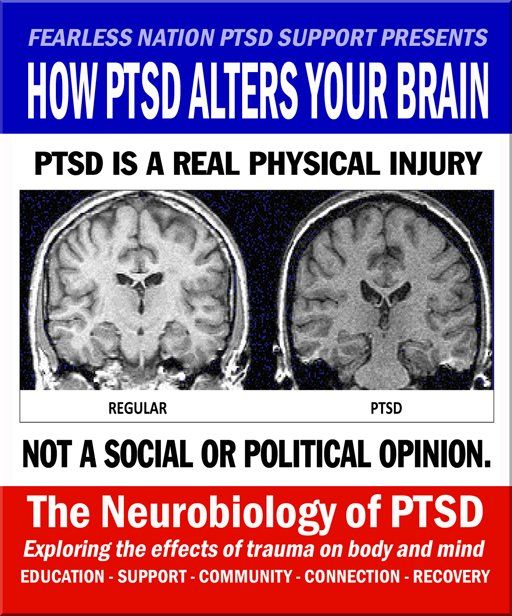
Will these laboratories be enough? How many are there?
Boris Ionov: There are currently 19 laboratories in Russia that have the technical and legal capabilities to issue electronic passports. They are all presented on the website of the Ministry of Industry and Trade in the relevant register, and on our website.
PTS has become electronic - and it's not just a photograph of a paper document. Photo: Sergey Mikheev/RG
Roman Mishurov: For us, there is no difference between technical and legal registration of such cars, either imported by an importer or produced by us. When registering a car using the system of interdepartmental electronic interaction, the data of the electronic passport are pulled up. Information from it is loaded into our system, and further registration of the car takes place. Such cars are already registered, and there are no questions.
We saw difficulties in the Far East, because we understand that the lion's share of used vehicles is imported through the Far Eastern Federal District.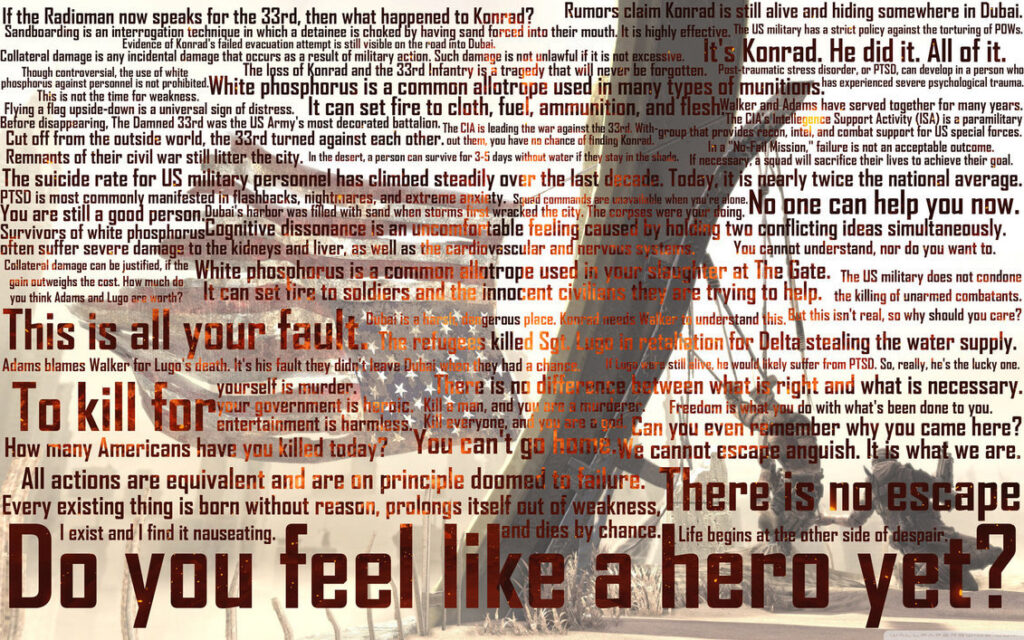 If the conditions for issuing electronic passports are not provided there, this can lead to unpleasant consequences, which we saw when the mandatory requirement for the installation of ERA GLONASS was introduced. But, judging by the information provided by the Ministry of Industry and Trade and the Federal Accreditation Service, there are currently no problems with the availability of organizations that can issue electronic passports in this federal district. Now let's see how events will develop. But, I think that those responsible for this direction and the federal authorities represented by the Ministry of Industry and Trade and the Electronic Passport JSC will take prompt measures if necessary.
If the conditions for issuing electronic passports are not provided there, this can lead to unpleasant consequences, which we saw when the mandatory requirement for the installation of ERA GLONASS was introduced. But, judging by the information provided by the Ministry of Industry and Trade and the Federal Accreditation Service, there are currently no problems with the availability of organizations that can issue electronic passports in this federal district. Now let's see how events will develop. But, I think that those responsible for this direction and the federal authorities represented by the Ministry of Industry and Trade and the Electronic Passport JSC will take prompt measures if necessary.
So now everything is going smoothly enough?
Boris Ionov: There is one technical feature. The passage of payments, especially the payment of the recycling fee, sometimes takes place with some delay. Until the payment information is entered into the system, the passport will have the status "incomplete".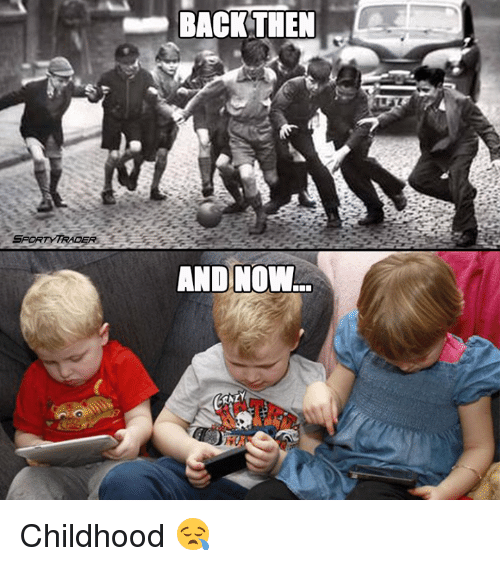 It is impossible to carry out registration actions with such a passport. Payments are processed within 2-3 days. Somewhere in the order of one and a half to 2 thousand cars periodically have such a status in the electronic passport system due to a delay in the receipt of payment. You just have to wait until the payment information enters the system, the passport status becomes "valid", and then go to the traffic police to register the car.
It is impossible to carry out registration actions with such a passport. Payments are processed within 2-3 days. Somewhere in the order of one and a half to 2 thousand cars periodically have such a status in the electronic passport system due to a delay in the receipt of payment. You just have to wait until the payment information enters the system, the passport status becomes "valid", and then go to the traffic police to register the car.
Roman Mishurov: If a citizen receives an extract from an electronic passport, he will already see that the status is not yet valid and it makes no sense for him to go to the traffic police department, since his document has not yet fully entered into force.
What can I learn from the electronic passport? For example, on paper, I see how many owners a car has. Will there be access to such information?
Boris Ionov: On our website it is possible to get an entrance through the portal "Gosuslugi" to absolutely anyone, no matter if he owns a car with an electronic passport or not. You can check the availability of this TCP, check its status, and also see the restrictions, if any, which, in particular, are imposed by the customs authorities.
You can check the availability of this TCP, check its status, and also see the restrictions, if any, which, in particular, are imposed by the customs authorities.
If information about the owner of the vehicle with his consent is presented in the passport, then he will have much more opportunities. He will be able to receive, through his personal account, an extract from an electronic passport for free, if he needs it, he can enter some information there or, conversely, receive information entered by someone. For example, about maintenance, technical inspection, about insurance and so on. The only condition is that for citizens they must be authorized without fail through the State Services portal. Now everyone can try to log in to their personal account and try to get the necessary information.
Entering personal data into the PTS is voluntary. Will they register the car without these data?
Roman Mishurov: We do not need a passport to verify the personal data of a citizen or details of a legal entity, but to make sure that the vehicle has been released for free circulation on the territory of Russia, a recycling fee has been paid and there are no or customs restrictions. We take all other data from those documents that the owner provides us for registration actions.
We take all other data from those documents that the owner provides us for registration actions.
No one will oblige anyone to exchange paper passports for electronic ones. Does it make sense?
Roman Mishurov: We have a free country and everyone can choose what he likes. Personally, I like to read a paper document. You can touch it, hide it in a safe. Someone likes an electronic document more, in terms of convenience. Here everyone is free to choose for himself.
But this applies only to those who received a paper passport. If a person purchased a car with an electronic passport, he will not be able to get a paper one. And those who, having a paper passport, want to get an electronic one, can do it. It is necessary to apply to any organization that is included in the register of those who can issue an electronic passport. This register can be found on the EAEU website. But there is no going back for him. As soon as the e-passport receives the status "valid", the paper passport becomes invalid.

